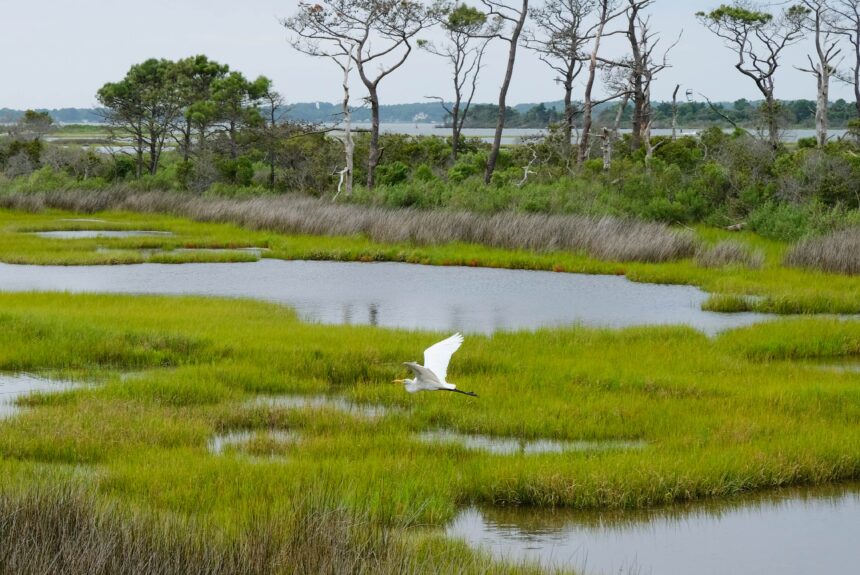In a historic decision in the case of Sackett v. EPA, the Supreme Court voted to limit the number of waterways that are within the regulatory jurisdiction of the Environmental Protection Agency (EPA). The unanimous decision reverses previous rulings from lower courts and delivers an important win for private property rights protections in the United States.
>>>READ: How Private Property Restoration Saves Lives in Uganda and Around the World
In 2007, the federal government forced Chantell and Michael Sackett to stop the construction of a home on their property near Priest Lake in Idaho. While the couple obtained the necessary local permits to build, the EPA contended the property was a “federally regulated navigable water” because it was allegedly on an area of protected wetlands. If the Sacketts continued construction without a federal permit, they would be in violation of the Clean Water Act (CWA) and would receive fines of $75,000 per day. Meanwhile, the process to receive a CWA permit takes an average of 788 days and $272,000 to complete, the cost of which is borne entirely by the applicant.
The Court’s decision in Sackett limits the Clean Water Act’s authority to waters that have a “continuous surface connection” with a protected body of water which makes the two areas “indistinguishable” from one another.
The ruling also pauses the implementation of the Biden administration’s problematic Waters of the United States (WOTUS) rule for much of the United States. Finalized earlier this year, the Biden WOTUS rule gave the EPA the authority to regulate large waterways such as interstate streams and rivers and wetlands adjacent to them. As E&E News reported, “Wetlands would be considered adjacent if they are connected to those larger waterways with ‘relatively permanent’ surface water connections, or if they have a ‘significant’ hydrologic or ecological ‘nexus’ to those protected tributaries.”
>>>READ: The Climate Benefits of Investing in America’s Ecosystems
A lack of clarity on what wetlands and waterways are and are not subject to federal regulation hurts conservation projects on private lands, as Jonathan Wood of the Property and Environment Research Center (PERC) writes:
“Where the test for federal jurisdiction is unclear and difficult for most landowners to apply, the risks and high costs associated with federal regulation can alienate landowners, make wetland features a liability for them, and strain relationships between landowners, conservation organizations, and government agencies…This can discourage wetland restoration by penalizing such environmentally beneficial action with the threat of future regulatory consequences.”
Clarifying the federal government’s jurisdiction will give landowners certainty and peace of mind, which will in turn encourage more conservation efforts.
Strong private property rights protections are a critical component to addressing environmental challenges. Well-defined private property rights protections incentivize stewardship and have solved issues related to overfishing and animal poaching. Conversely, a lack of property rights, as seen in much of the developing world, leads to increased pollution in rivers and depletion of critical resources.
The Supreme Court’s ruling in Sackett v. EPA is a victory for private property rights and environmental progress. By giving landowners greater clarity on what is within the EPA’s regulatory jurisdiction, the Court has given private property owners peace of mind to accelerate conservation efforts across the country.
The views and opinions expressed are those of the author’s and do not necessarily reflect the official policy or position of C3.
